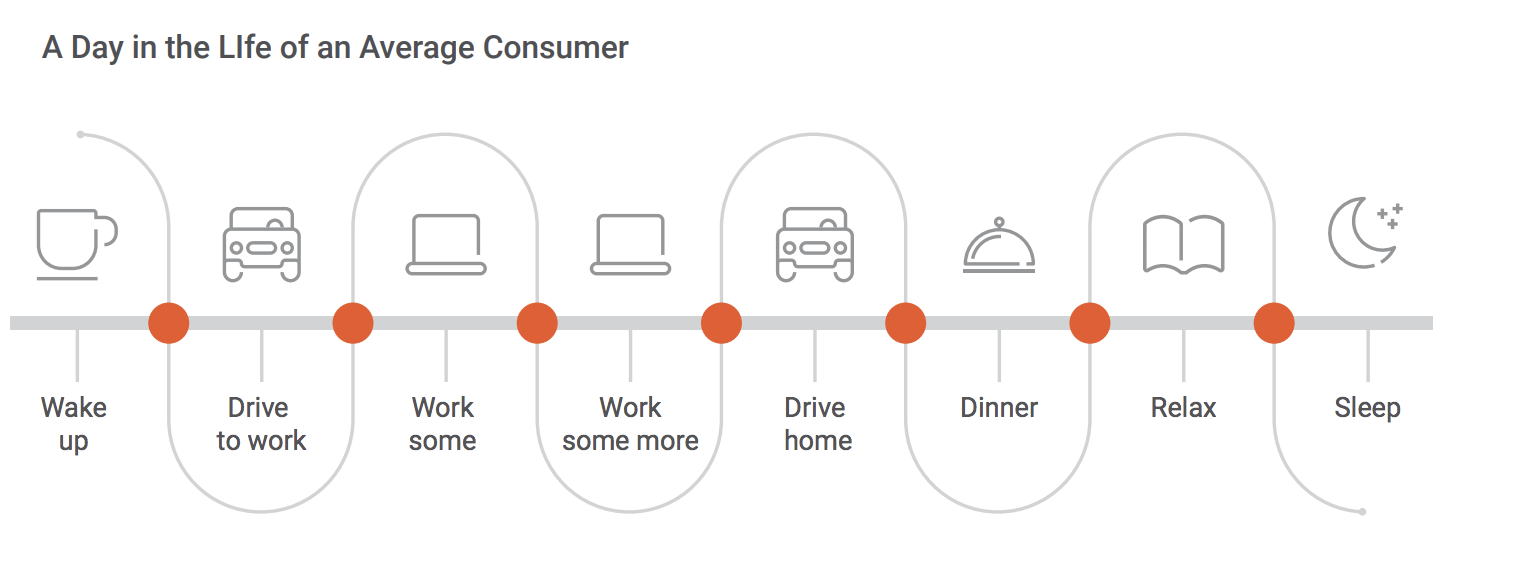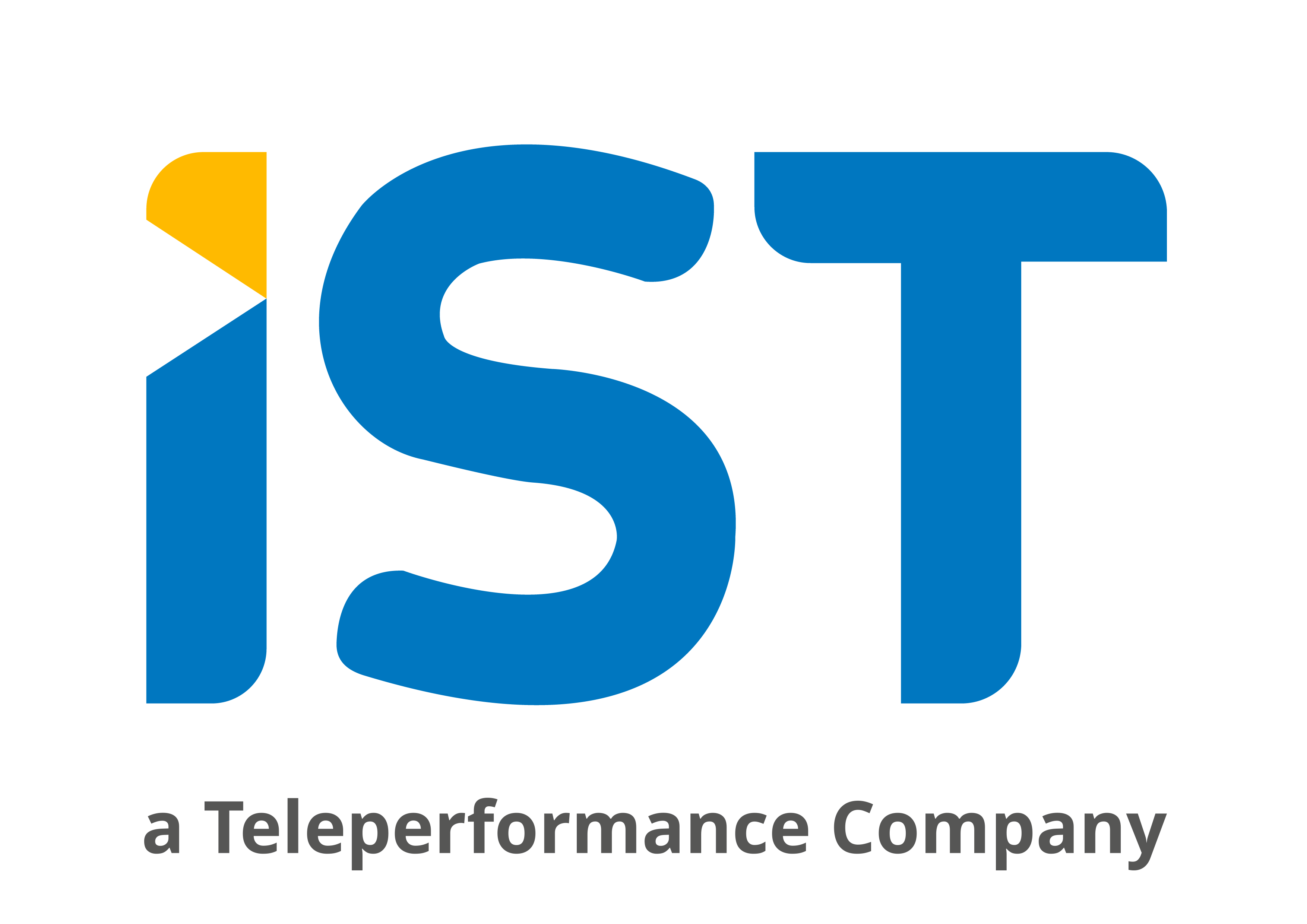Unless you’re already familiar with it, the first thing you’ll probably need to know is: what exactly is asynchronous messaging?
According to techopedia
Asynchronous messaging is a communication method wherein the system puts a message in a message queue and does not require an immediate response to continue processing. Examples include a request for information, explanation or data needed but not needed immediately.
This term is also known as fire-and-forget information exchange or message-oriented middleware (MOM).
I first heard about it at the Genesys Gold Summit, in 2018, when Jim Kraeutler, Genesys VP for Innovation Management, introduced it in relation to Apple’s new Business Chat integration. It was one of those moments during which you feel a light bulb flash through your head signalling the recognition of a great idea! In this case it was a solution that mimics the behaviour of customers.
So, in simpler terms, what again is Asynchronous Messaging? Consider this: the time it takes to reply to a message from family, friends or co-workers varies from one person to another. Depending on the speed of the back and forth replies, it could take either seconds, minutes, or even days and weeks to complete one conversation. Asynchronous Messaging is basically a conversation that does not require an immediate response.

Let’s take a step back and look at the life of an average consumer: wake up, have coffee, get ready, scramble around, and then possibly have a few minutes to collect their thoughts before heading out to work. At work there would probably be mini breaks, then drives home, as illustrated in the figure above. The times highlighted in "dutch red" have been identified as opportunities when consumers can message according to their convenience. This also allows the user to message during their own "found time".
Typically what would happen when I need to speak with, for example, my bank or insurance company, I’d usually have to set aside 10-15 minutes for this call. This require scheduling. However, with Asynchronous messaging, I wouldn’t need to do that. As my conversation would be spread out across the day, as long as it doesn’t require immediate action.
So how does Asynchronous Messaging work in the business environment?
referring to the white-paper written byGenesys white-paper on Defining and Using Asynchronous Messaging
Asynchronous by default, synchronous when appropriate: meaning by default messages can be sent back and forth at anytime, not limited by session time. However, it’s important to maintain the context of messages at all times, and to provide a means of escalation if needed via other channels such as voice call, live chat or other.
Long Lived: the conversations could last minutes, days or even weeks. I personally use Amazon for delivery, and when delays are experience I just fire-up the app and start chatting. However, as it’s part of my nature to get distracted with others matters while chatting, I would often leave the app and start doing something else. When I’d return to the chat window, I’d then realise that the conversation has ended, prompting me to start all over again, which can be frustrating. With Asynchronous Messaging, the conversation would last as long as it takes for the issue to be resolved.
Automate what can be automated: provide integrations with back-ends when needed, and allow agents to drop in and out of conversation. It isn’t all about bots – allow for consistent customer experience.
Preserving Context:it’s key to Asynchronous Messaging to preserve the context of the conversations at all times.
Consistency:not to be confused with context, due to the nature of Asynchronous Messaging that could span days, it means there is a possibility that more than one agent or self services would be handling the same interaction. It’s important to empower the agents and design the services to ensure that the customer feels a consistency in the brand and service received.
For a more in-depth read on Asynchronous Messaging, we highly recommend reading this white paper. You can also contact IST here to find out how we could help your organization with Asynchronous Messaging.
Source: IST Blogs
Recent Posts

